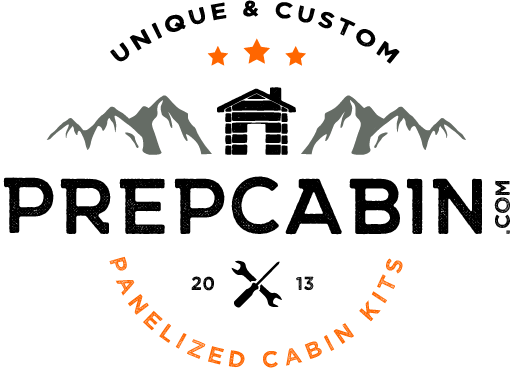 An important part of survival during an event is nourishment for your bodies. This includes water, food, medications, and necessary minerals and vitamins.
An important part of survival during an event is nourishment for your bodies. This includes water, food, medications, and necessary minerals and vitamins.
Humans have struggled with food storage since the earliest known records of mankind. We’ve built vessels to store food, and drink. We’ve developed ways to keep food clean and prevent it from spoiling.
The pilgrims even took more beer onto the mayflower than they did water. Why was this? Simple, beer wouldn’t spoil as quickly and it was safer to drink on the ship because the bacteria had a hard time growing in it.
Since modern techniques for food storage have advanced way past salt curing and brewing wine and beer what’s the best option for you?
Freeze Drying
I’ll go ahead and start out with my preferred method. Freeze drying is the process of removing water from food by placing it in a chamber, flash freezing it to way below freezing and then sucking the air out to form a vacuum. This causes all the fluid to freeze and then sublimate directly into water vapor and be carried away.
This process is the most complete way of preserving food and can honestly make some foods shelf stable almost indefinitely. There are many companies that offer freeze dried foods and storage systems. Freeze dryers can often be very expensive and tend to be large units that take up a lot of room. Unless you have an extra 10 thousand dollars burning a hole in your pocket I would recommend more economical tactics to food preservation, or purchasing pre-freeze dried foods.
Canning
Canning food is a great and traditional way of storing food items. Often properly canned foods can last upwards of a decade. And some dry goods when canned can be stored upwards of 30 years!
Canning is the process of heating the food to kill off any micro-organisms and remove the air in the container creating a vacuum. This way you create an environment inside the container where bacteria can’t grow and your food is preserved. For more information check out the process of canning at : http://en.wikipedia.org/wiki/Canning
Dehydration
Dehydrating food can help you store foods for an extended period of time. Dehydrators are very affordable and can be purchased at places such as wal-mart, target, bed bath and beyond, and just about anywhere that sells small kitchen appliances. They don’t consume a large amount of electricity and can be ran pretty much 24/7 while rotating different types of food.
There isn’t a lot of equipment involved and it’s nice and simple. You’ll still need to analyze the foods that you are drying, and there storage needs once dehydrated. While dehydrated food can last a long time, you’ll still need to check it for spoilage.
Storing dehydrated foods requires air tight containers just like any other storage solution.
Vacuum Sealed Containers
Vacuum sealed containers can remove most of the oxygen in your food storage environment. This makes it much harder for micro-organisms to grow and slows down the process of decomposition.
Using vacuum sealers to store food can extend it’s shelf life substantially depending on how the food is prepared.
Take for instance, if you have left overs from dinner like meatloaf, then it may be good for 5-7 days in a Tupperware container in your fridge. However if you use a vacuum sealed container you could get up to 12-15 days in the fridge.
That’s not enough to make a big difference when you’re storing long-term food supplies, but if you were storing dried foods in a vacuum container you could get years of storing the food and It’ll still be good.
When you vacuum pack dry goods they can last for decades.
However you decide to store your food keep in mind not to rely on only one method. A healthy mix of different storage options is important. Just like the saying goes, don’t put all your eggs in one basket.
If you have any good suggestions to the community that I’ve missed here we would love if you share them on our facebook page! Just go to www.facebook.com/PrepCabin to let us know how you mastered your food storage needs.
